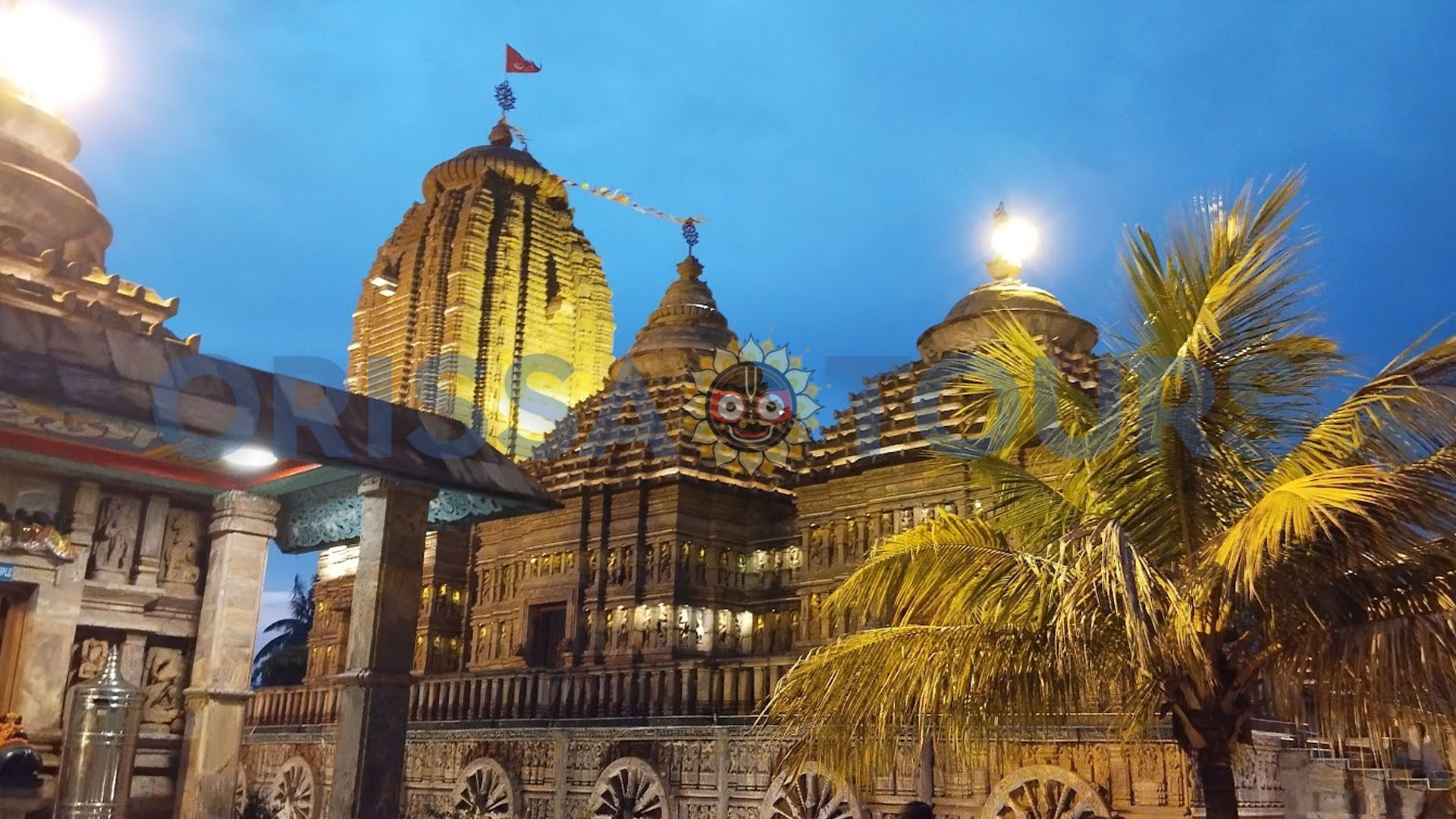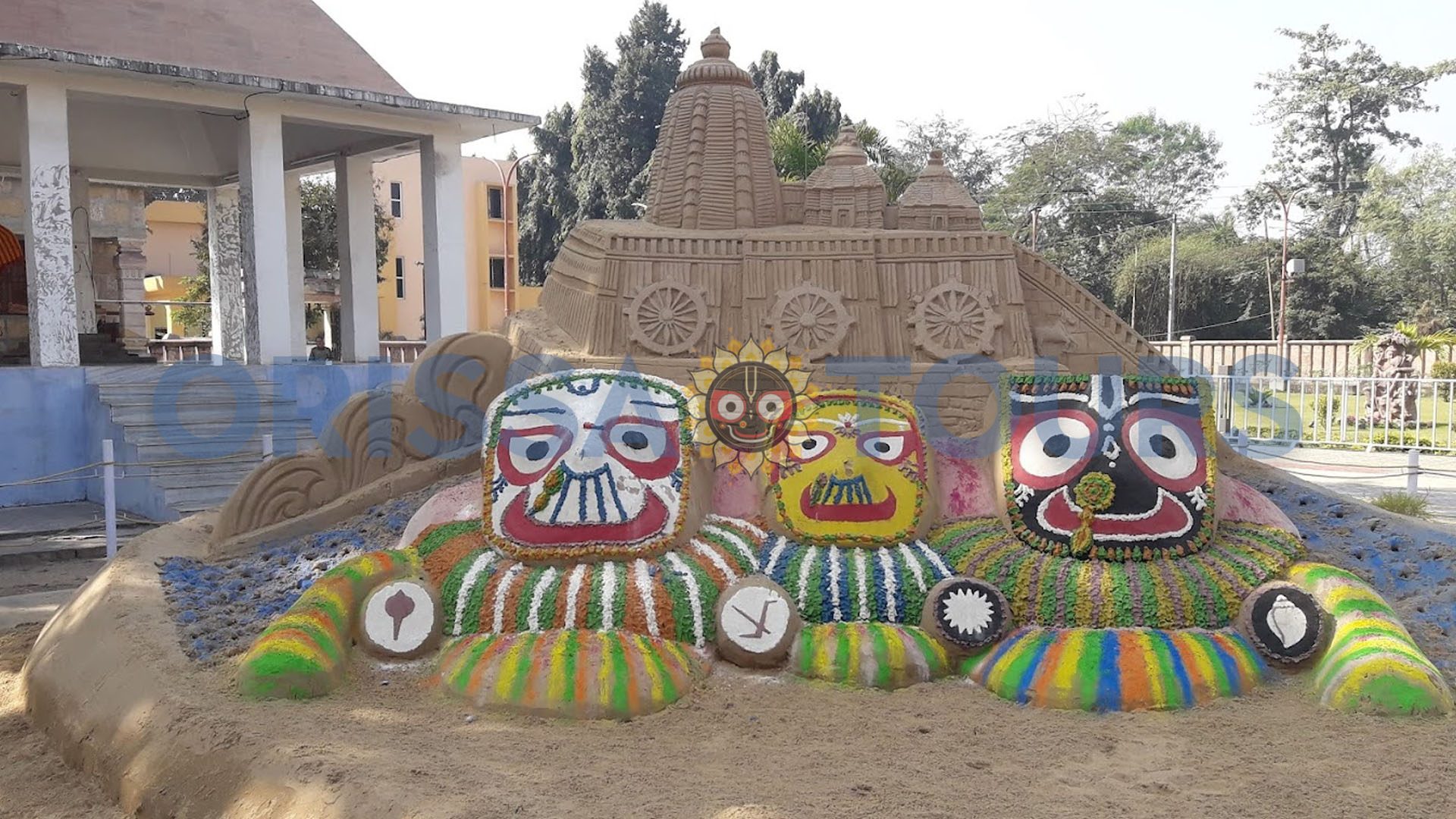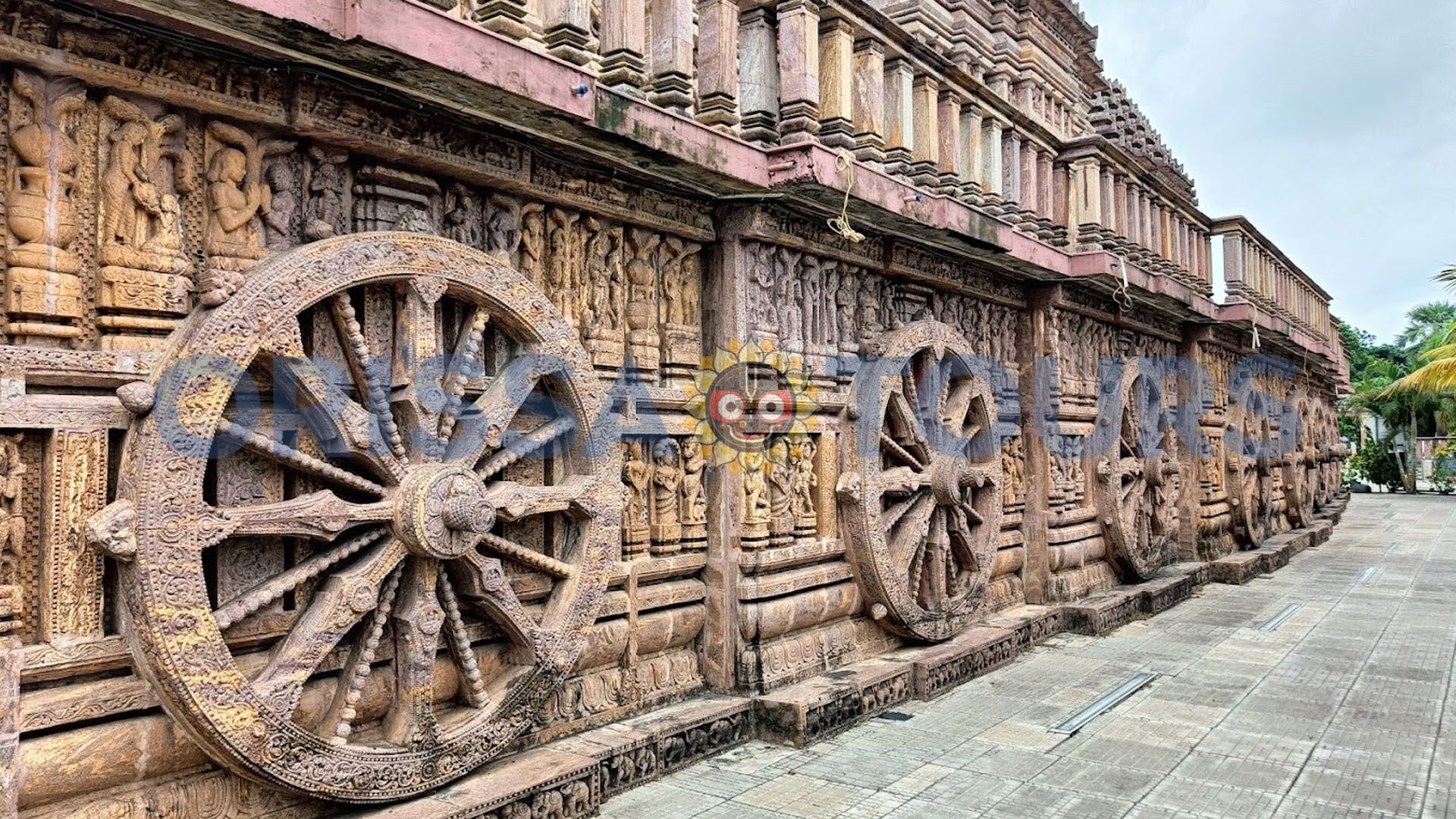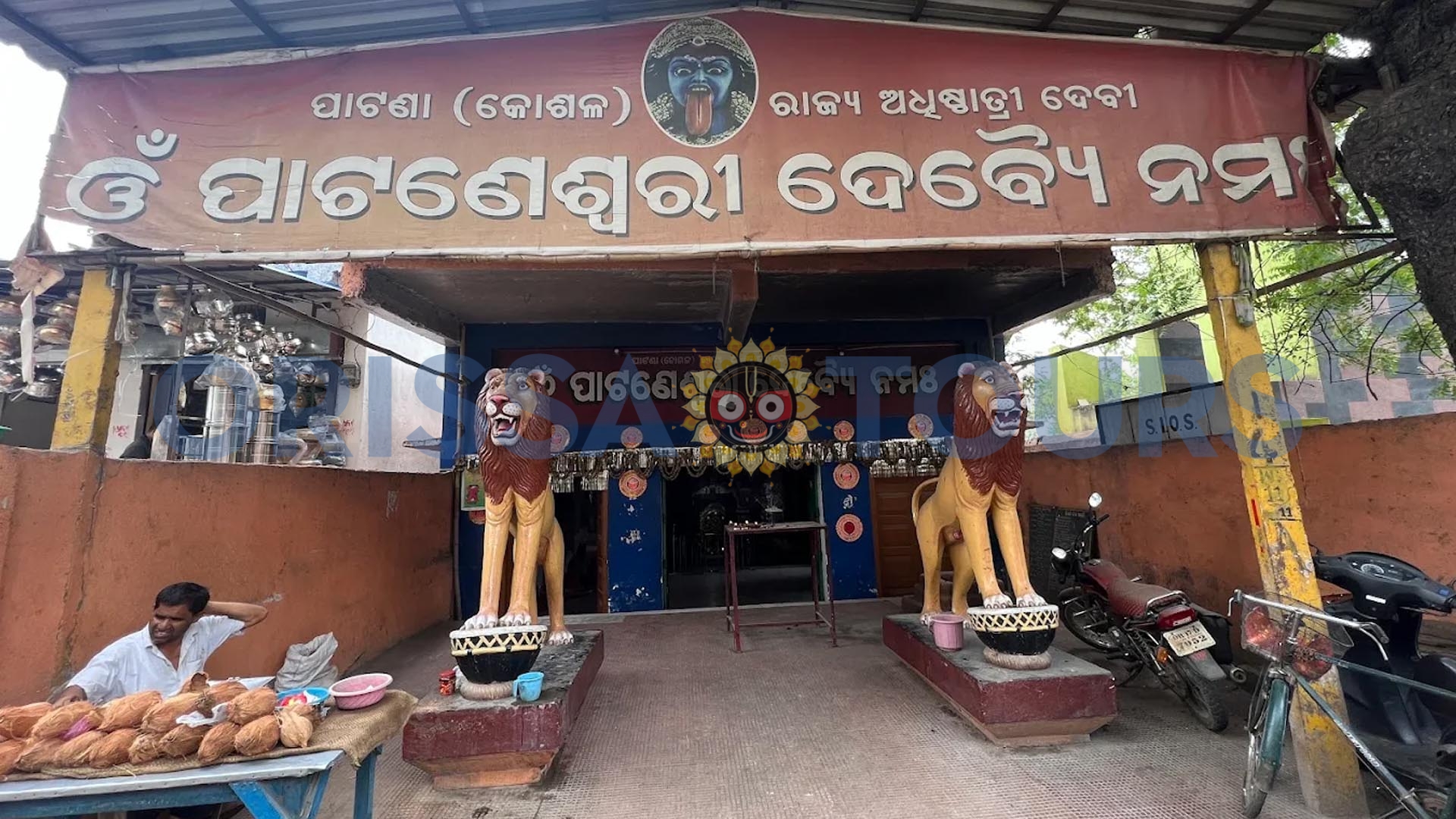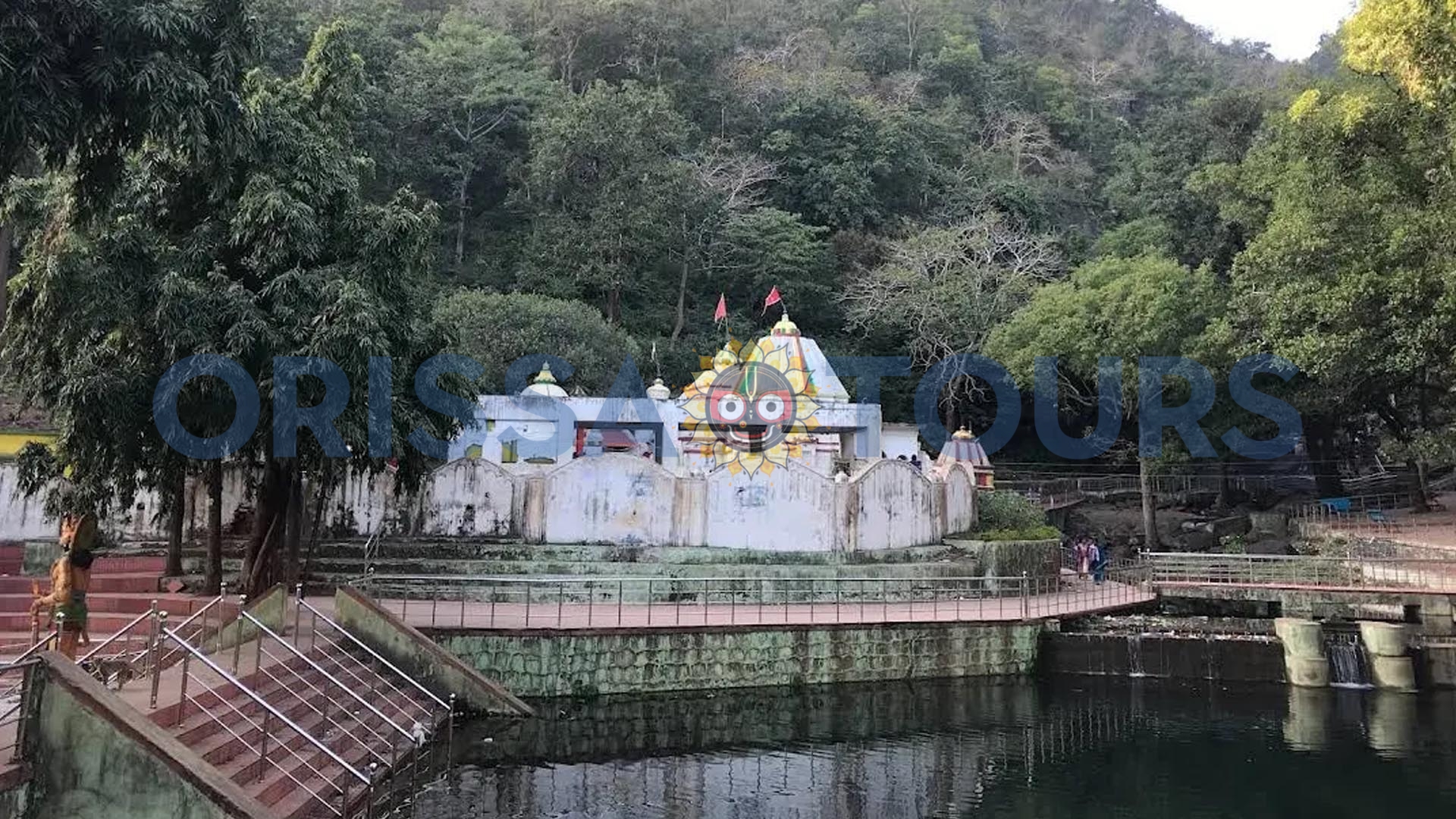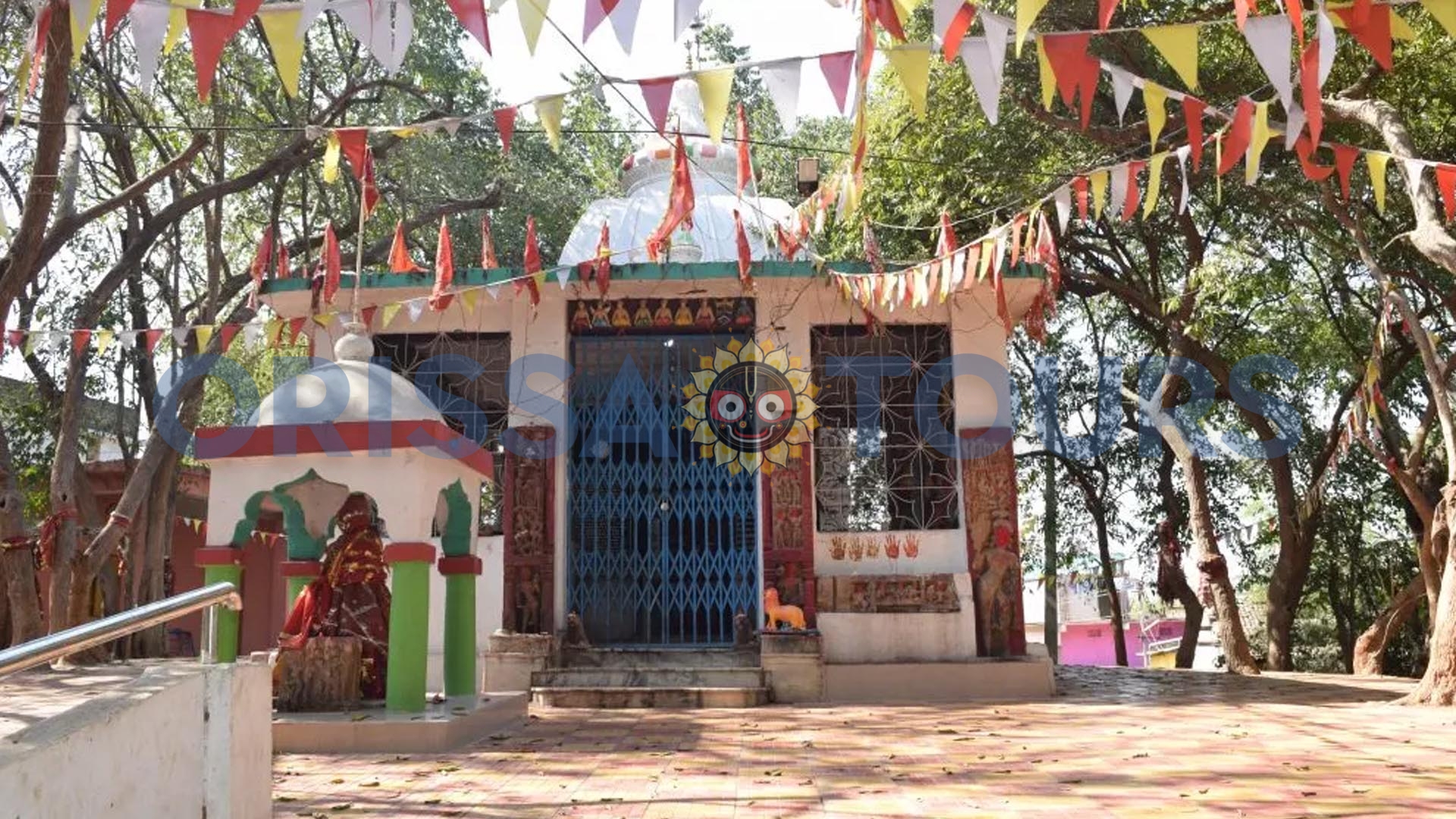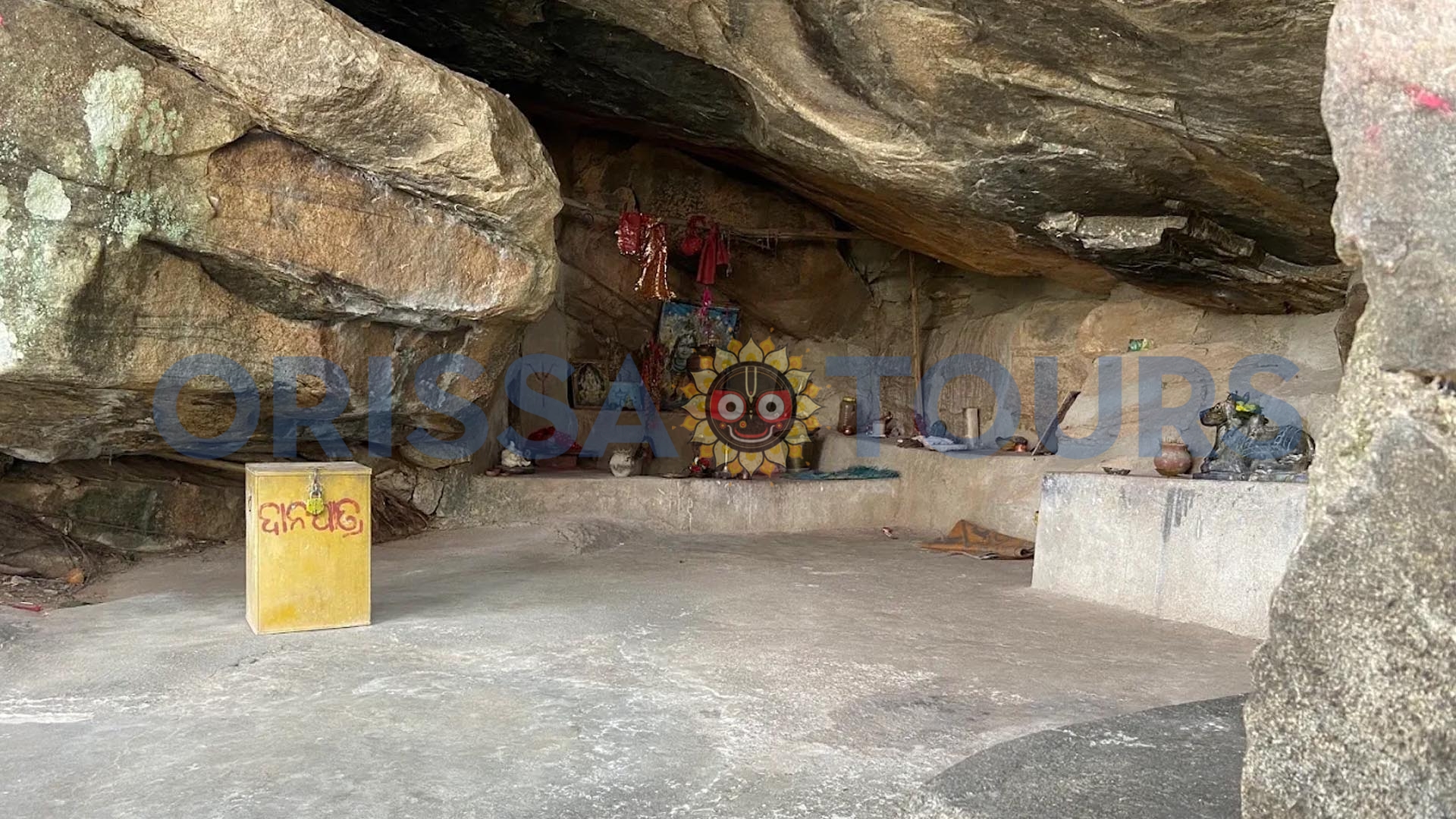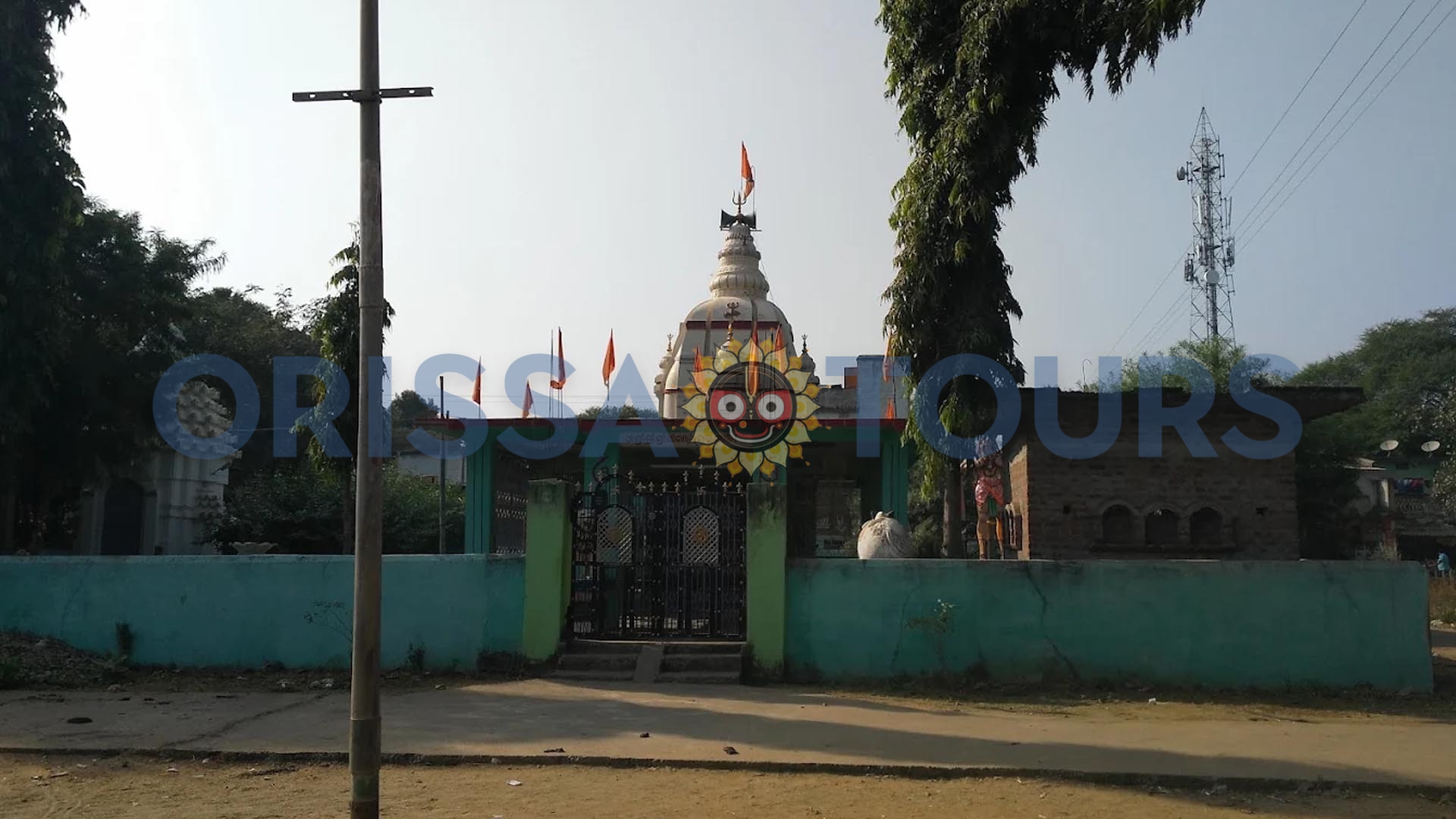Odisha, also called the “Land of Temples,” houses a collection of the most grand and spiritually important temples in India. Among them, the Emami Jagannath Temple, Balasore, symbolizes faith and architectural glory. The Emami Jagannath Temple is a temple dedicated to Lord Jagannath; besides serving as a place of worship, it symbolizes the splendid cultural heritage of Odisha. While the Maa Bhagabati Temple, Banapur is highly revered, the Emami Jagannath Temple holds a special place in the hearts of devotees and history lovers alike.

Historical Background
The Emami Jagannath Temple is located in Balasore town and dates back several centuries. According to records, the establishment of this temple dates back to the reign of the Ganga dynasty who were known to promote the Jagannath cult. This temple contains its roots connected to the larger Jagannath tradition which is pivotal to the religious and cultural identity of Odisha.
The roots of the Jagannath cult, which recognizes Lord Jagannath as one of the forms of Lord Vishnu, stem from ancient texts of the Purana. While its history links it with the famous Jagannath Temple in Puri, the local legends attached to it give it a different flavor altogether. The magnificent Sun Temple is built in Odisha, but the charm of this temple lies in its spiritual setting and historical significance.
Architectural Brilliance
The architecture of the Emami Jagannath Temple is a sublime example of the Kalinga style, eminent with many ancient temples of Odisha. The temple has a chief tower, the jagamohana, and the natamandira. Intricate carvings on the walls depict the Mahabharata and the Ramayana, besides many forms of Lord Vishnu.

The temple is certainly astounding in terms of the deities’ placement within the naivadya. Seated in a dark room in a nook of the south-facing edifice are painted replicas of Jagannath, Balabhadra, and Subhadra. Carved of wood elements, they are replaced every twelfth year in the ritual of Navakalevara. This ritual is very meaningful for the region’s people and a great draw for devotees from across the country.
Through its architecture, the Temple of Goddess has also left its impact on the desalination of the shrine and the formal usage of symbolic motifs. The temple design is fashioned to promote an energy-charged flow of energy to provide a tranquil and meditative environment for devotion.
Religious Significance
The Emami Jagannath Temple is not merely a temple; it is the epicenter of religious practices and festivals. The major Hindu festivals are all celebrated here, with Rath Yatra taking the lion’s share under this umbrella. It involves the grand procession of the idols of deities seated on elaborately decorated chariots, resembling the famous Rath Yatra in Puri.
Rituals are performed here every day, and the distribution of mahaprasad is considered sacrosanct. The Mahaprasad is an amalgam of rice, dal, and vegetables, prepared in the temple kitchen. Such Maha Prasad is then distributed to the devotees. This practice works quite a bit similarly to the one at the Maa Bhagabati Temple, Banapur, where it is believed that Prasad bears blessings from God.
The temple’s significance, however, becomes heightened by the philosophy behind the Jagannath cult, representing the unity of all creation along a path of devotion. In this regard, the temple is a continual reminder of transcendent teachings supported by Lord Jagannath, the Cosmic Lord.
Cultural Influence
The Emami Jagannath Temple had an explicit and pronounced effect on the culture and tradition of Balasore. The temple is not restricted to the realm of religion; it is a symbol of culture that brings communities together while enhancing spiritual life. The festivals and rituals of the temple now form inherent parts of the local culture that unite people in fervor and devotion.
The temple also plays a key role in the preservation and dissemination of the Odia culture. Varied musical and dance performances on occasions highlight the rich heritage of Odisha. The cult’s association with the Jagannath temple has also been reflected through impacts on local art and literature, which have provided a source of inspiration for poets and novelties who write down legends of the temple and its rituals.
The temple is also a testimony to the architectural prowess of the people of Odisha. The elaborate carvings and the styles of the temples were a reflection of the skill and creativity of ancient Odia craftsmen. The architecture of the temple has been a source of inspiration for many other temples within the region, the Sun Temple of Odisha being an example of the beauty of construction.
Visitor Experience
A visit to the Emami Jagannath Temple is considered worthwhile in spiritual terms. The temple’s calm surroundings, combined with its historical and architectural significance, make it a must-see destination for anyone visiting Odisha. The temple welcomes visitors year-round; however, the best time to visit is during the yearly Rath Yatra, when flower and light decorations are in full bloom, and the ambiance is filled with devotion and delight.
For some additional sightseeing, time permits visits to the nearby temples and sites founded by many ancient temples in Odisha, the Maa Bhagabati Temple being another respectable one found in Balasore. The beaches and historical spots make this area an ideal place to visit for those wanting a blend of spiritual and cultural experiences.
Conclusion
Emami Jagannath Temple in Balasore is more than just a temple of worship; it symbolizes the cultural and spiritual significance of Odisha. The temple’s historical significance, architectural brilliance, and religious importance make it crowded with people who want to visit and know about the ancient temples of Odisha. Whether you are a devotee on a pilgrimage mission or a historian trying to learn about the history of Odisha, here is your place to entertain your spirit. Just efficiently plan your visit to this wondrous temple and get yourself acquainted with the spiritual and cultural richness of Odisha.
